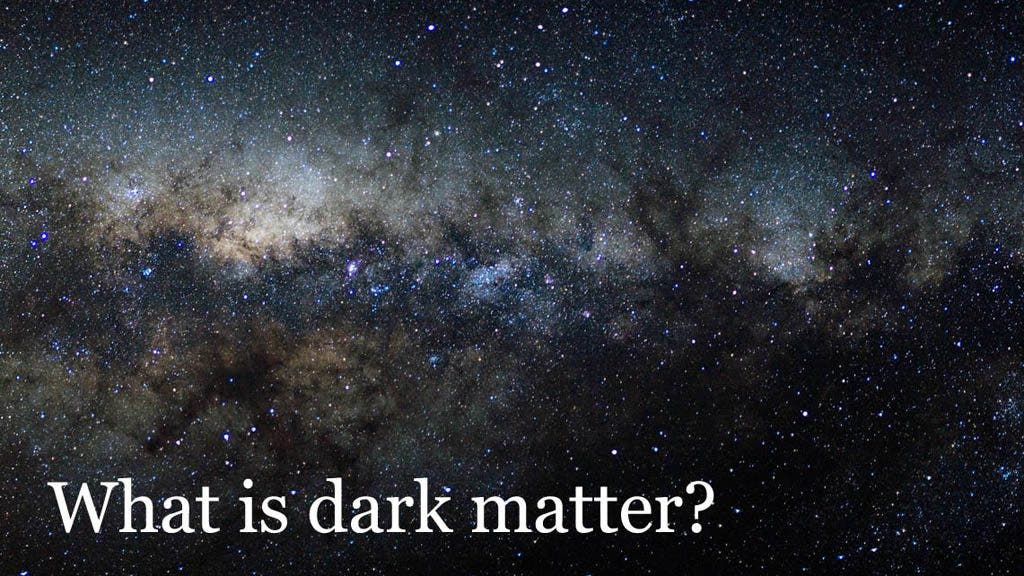Based on latest evidence and calculations, our entire galaxy, the Milky Way, might be a a huge wormhole, stable and navigable. Astrophysicists combined the equations from general relativity with a distribution of dark matter to reach this conclusion
Our Galaxy… a Wormhole?

A wormhole is a hypothetical feature that is fundamentally a shortcut through spacetime. A wormhole is much like a tunnel with two ends, each with very different locations in spacetime. So how could our galaxy just be one big tunnel? The answer is strictly connected to dark matter, one of the greatest mysteries in the Universe.
“If we combine the map of the dark matter in the Milky Way with the most recent Big Bang model to explain the universe and we hypothesize the existence of space-time tunnels, what we get is that our galaxy could really contain one of these tunnels, and that the tunnel could even be the size of the galaxy itself,” explains Paolo Salucci, astrophysicist of the International School for Advanced Studies (SISSA) of Trieste and a dark matter expert.
Simulation of a wormhole:
Dark matter accounts for most of the matter in the entire universe, but we can’t see it with any of our instruments. it neither emits nor absorbs light or other electromagnetic radiation at any significant level and is generally believed to simply not react with light. According to recent measurements, normal matter (everything we see, including planets, stars, galaxies) accounts for less than 5% in the mass of the Universe, with 26.8% dark matter, 68.3% dark energy.
“But there’s more”, Salucci continues. “We could even travel through this tunnel, since, based on our calculations, it could be navigable. Just like the one we’ve all seen in the recent film ‘Interstellar’.” Salucci is among the authors of the paper recently published in Annals of Physics.
Dark Matter – the Stargate

So basically, our galaxy could be one big Universal travel tunnel. Even though among the general public, wormholes gained popularity mostly through sci-fi books or series (like Stargate or Intestellar), astrophysicists have carefully considered this option for years. Still, when dealing with such complex issues, it’s best to take things with a grain of salt; even the scientists working on this theory underline the fact that it’s still just a theoretical possibility.
“Obviously we’re not claiming that our galaxy is definitely a wormhole, but simply that, according to theoretical models, this hypothesis is a possibility.” Can it ever be tested experimentally? “In principle, we could test it by comparing two galaxies — our galaxy and another, very close one like, for example, the Magellanic Cloud, but we are still very far from any actual possibility of making such a comparison.”
Aside for revealing an extremely surprising conclusion about our galaxy, this study sheds a bit more light on what dark matter really is. Among the approaches trying to explain dark matter, some have proposed the existence of a particle, the neutralino. However, nothing at CERN or other any other particle accelerators have found any indication of such a particle existing. There are also other theories, but none of them have concrete evidence backing them up.
“[..]perhaps it’s time for scientists to take this issue ‘seriously’,” concludes Salucci. “Dark matter may be ‘another dimension’, perhaps even a major galactic transport system. In any case, we really need to start asking ourselves what it is.”
Journal Reference:
- Farook Rahaman, P. Salucci, P.K.F. Kuhfittig, Saibal Ray, Mosiur Rahaman.Possible existence of wormholes in the central regions of halos. Annals of Physics, 2014; 350: 561 DOI: 10.1016/j.aop.2014.08.003


